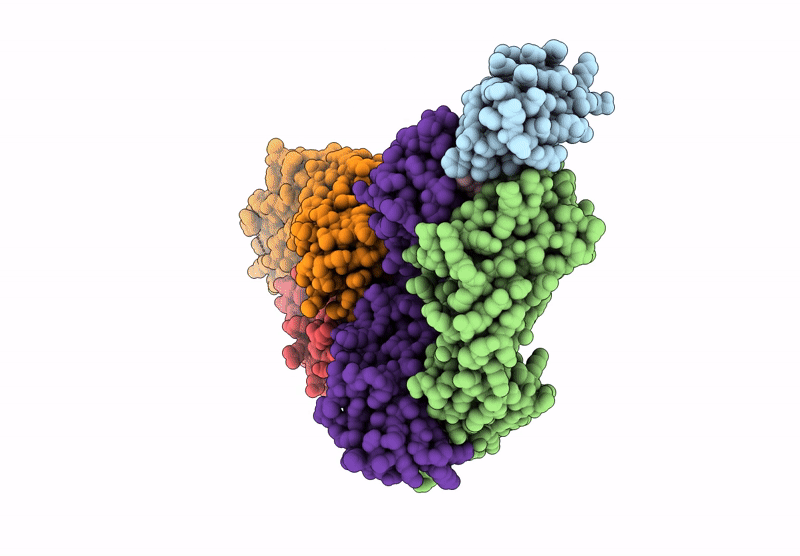
Deposition Date
2024-06-03
Release Date
2024-10-30
Last Version Date
2025-03-26
Entry Detail
PDB ID:
9FKD
Keywords:
Title:
Progesterone-bound DB3 Fab in complex with computationally designed DBPro1156_2 protein binder
Biological Source:
Source Organism:
synthetic construct (Taxon ID: 32630)
Host Organism:
Method Details:
Experimental Method:
Resolution:
3.30 Å
Aggregation State:
PARTICLE
Reconstruction Method:
SINGLE PARTICLE


